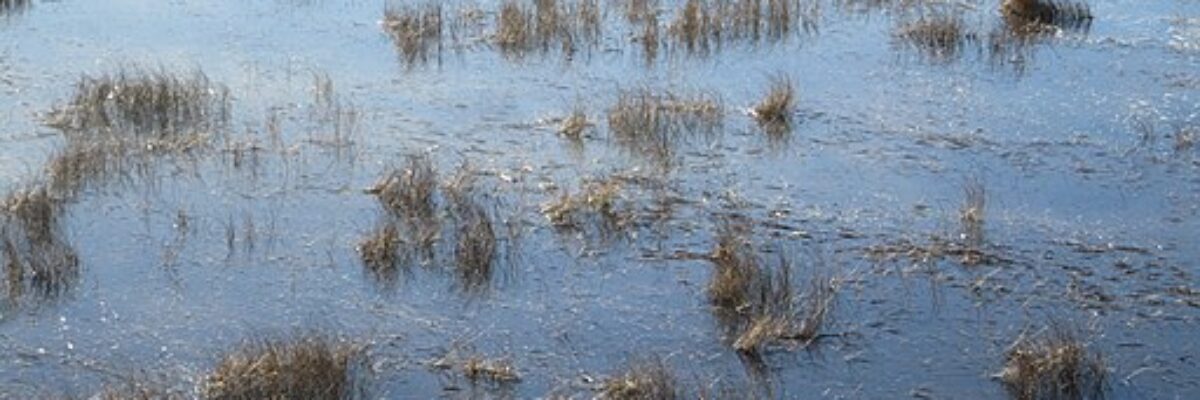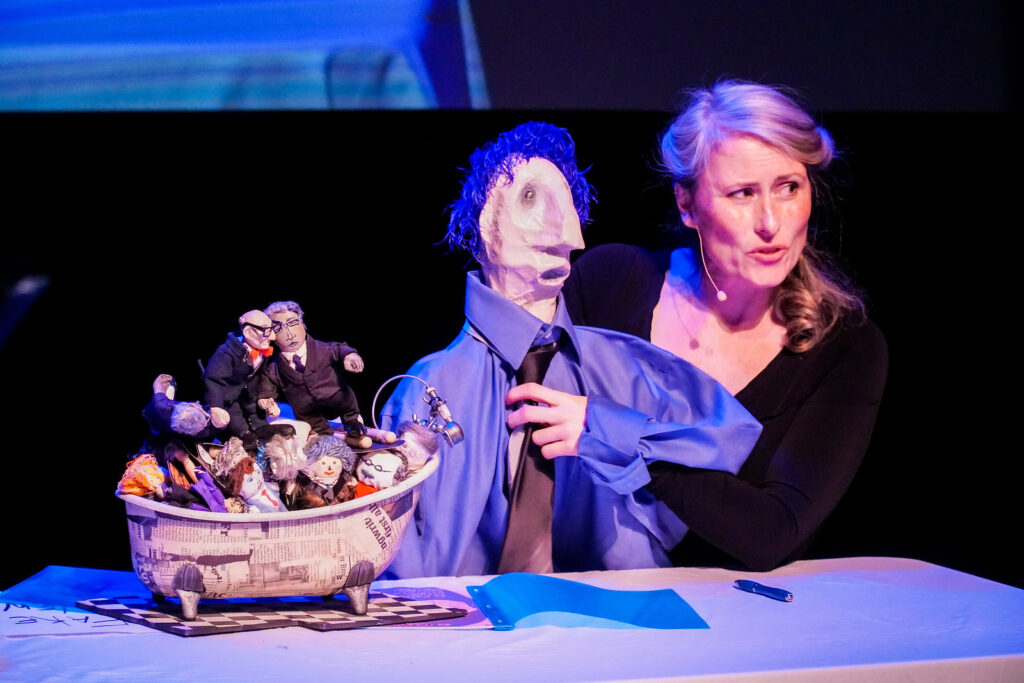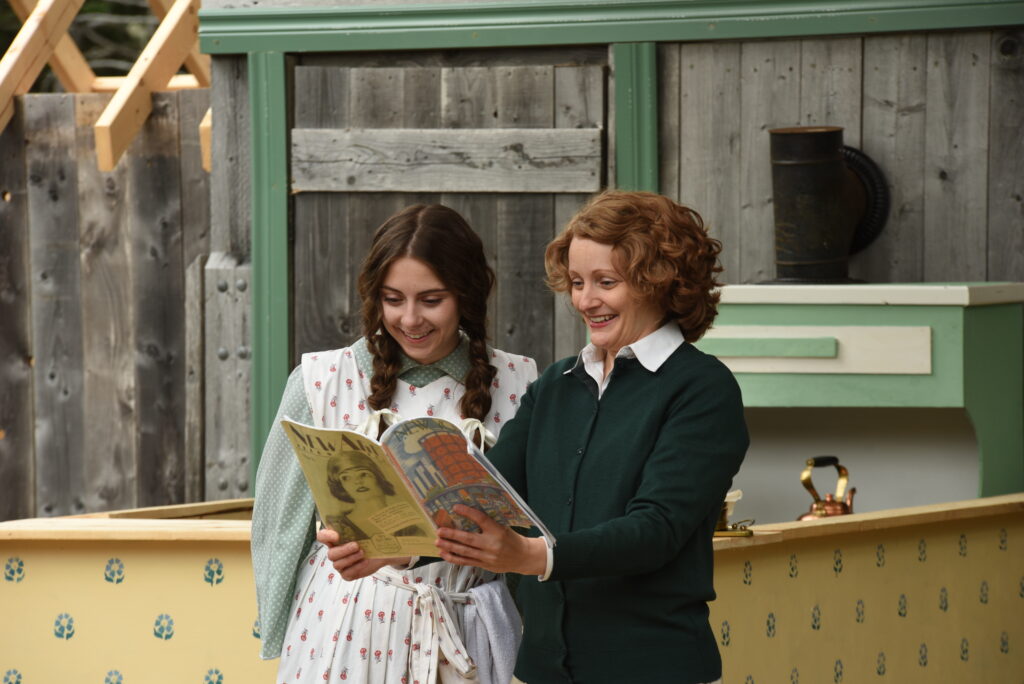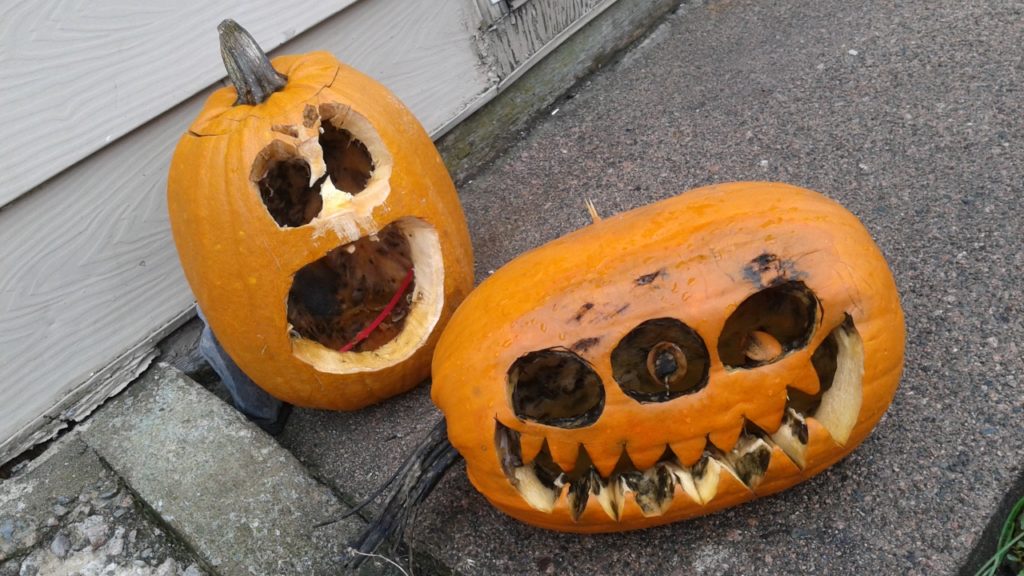Prohibited: Do Not Eat These Clams, by Amanda Bulman
November 2022
There’s a very ugly beach near my grandfather’s house on Prince Edward Island.
It was never beautiful, but it looked better when I was a kid. There were long sandbars and mudflats back then, and a brook flowed into it. You could technically swim in the water, and all my cousins did, but I mostly remember the grown-ups yelling at us from the beach. I don’t blame them – the swimming was not ideal. Immense groves of eel grass tickled your legs, small crabs scuttled along the bottom, and brownish-red jellyfish left welts and shadowy tentacle lines on your arms. My cousins and I used to scoop these jellyfish up with ice cream containers and fling them at each other – until an aunt or an uncle intervened. There were bigger fish in the water, too, schools of minnows, and occasionally someone would claim they saw an eel.
This beach was noisy with gulls, which worked out because my grandparents loved birds. My grandfather used to stare at the shore with his big green binoculars. And my grandmother would get frustrated with the squirrels who’d raided the birdfeeder. They kept a notebook, and all the unusual bird visitors were tracked.
My siblings, cousins, and I used to bring shovels and sand pails down to the shore to dig for clams. Our eyes peeled for the little belly-button indentations that gave their location away. We’d trek back up the driveway and ask my grandmother to steam them. She’d serve these baby clams alongside little bowls of drawn butter, and we’d eat our sandy, sticky treats outside on a wooden picnic table my grandfather made.
I loved this not-so-beautiful beach. It was just teeming with life.
Eventually, more and more mussel farms popped up in that bay. You could see the nets, bright buoys, the ropes the mussels would cling to, and the fishermen would wave to us from their boats. I don’t think we thought about it too much. Shellfish farms are pretty standard on Prince Edward Island. But the growth rate was intense; there was a boom of mussel farmers – between 1980 and 2001, PEI Mussel landings increased from 40 to almost 18,000 metric tonnes.
When I was in university, someone posted signs along this beach. Prohibited Area. Danger. Do not eat shellfish. My dad said the signs were temporary, that silt or some such thing probably got into the clams, caused bacteria, and all would be normal within a year or two. It’s been 18 years, and those signs have fallen. But if you go online and check the government’s GIS map of safe places to collect clams, this beach is still in the red. Prohibited. Danger. Don’t eat those clams.
In my mid-20s, I realized the shore was rockier than before. Rotten seaweed would pile ashore, and black flies made their homes in the big, oozing heaps. I never saw crabs doing their sideways scuttle anymore. Maybe that’s not a shock; the natural character of a beach is to change shape, retreat, and advance depending on the wind, waves, and currents.
But it’s also possible that the nearby fishing industries took a toll.
It’s hard for Atlantic Canadians to accept that fishing and aquaculture can cause damage. There’s a cognitive dissonance around that truth. We’re raised on folk songs about the sea and fed stories about the brave men and women who work hard to bring us food. Nobody wants to talk about gillnets, ocean acidification, lost fishing gear, and the clear-cutting of kelp forests for farmed fish. It’s uncomfortable to acknowledge that densely-packed fields of mussels or clams can cause disease, that shrimp farms add too much fertilizer to the water, causing algae blooms, or that farmed salmon get fed enormous amounts of wild bait fish. These wild bait fish? They’re vital for ocean ecosystems and food for wild fish, but we scoop them up and feed them to our tasteless farmed salmon. The math doesn’t add up, but we don’t want to discuss it. Our destruction of the ocean doesn’t jibe with our idea of ourselves.
I can be very doom and gloom about aquaculture and fishing, but my assumptions are somewhat unfair. For balance, here are my favorite aquaculture stories and facts, the ones I remind myself of when I think about too-quiet shores.
In 2016, a dairy farmer on Prince Edward Island – Joe Dorgan – noticed that his cows did better and were healthier when grazed on Irish Moss and other seaweeds. When Dr Robert Kinlay caught wind of this, he immediately realized seaweed could affect the methane in cow burps and farts. This is a big deal. After all, methane is responsible for about 30 percent of global warming, and livestock – especially cows – account for about a third of methane emissions.
Kinlay started examining the effects of different seaweeds on cattle and discovered that a red seaweed from Australia could virtually remove methane from cows. It’s called Asparagopsis, and scientists (realizing its incredible potential) are now farming it. Sure, a million things could go wrong, and there are problems to unlock, but seaweed farms could save the world.
And those mussel farms that stress me out?
They aren’t so bad. Intensive mussel farming can harm small bays and inlets due to a build-up of feces in the water. Admittedly, that’s a little disgusting, but mussels require no feed (no wild baitfish), no antibiotics are involved, and this humble bivalve can clean and filter the surrounding water. It’s a low-impact, nutritionally dense food that could potentially impact food security in a real and positive way. Instead of relying on beef or farmed animals, mussels and other bivalves could become a reliable protein source.
I want to find a culprit, but it’s probably not the mussel farmers. Beaches are changing because of the hard armoring of sandstone shores, too many boats chasing too few fish, invasive species, oil spills and pesticide run-off, large predatory fish farms, a lack of enforcing agriculture buffer zones, and extreme weather events brought on by climate change.
My parents bought my grandfather’s land last summer, and I took a walk on that beach this past August. There are no gulls, no crabs. I think I saw a dead tern from a distance, but I didn’t get close, figuring it died of Avian flu. An old net stretched out on the beach, and some Styrofoam buoys and driftwood piled up on the shore. I didn’t see any belly button dimples, no evidence of wild clams.
Hurricane Fiona hit Atlantic Canada in September, and this rocky beach is sandy now. All that red silt from the cliffs drifted into the water, mussel socks were swept out to sea, and the buildings on that bay flooded. Overnight, the beach changed again. Who knows how it will feel to walk that shore next summer? It might be unrecognizable to me.
The shifting baseline haunts me. I’m frightened that my nieces might see this beach as perfect and pristine when it feels so hopelessly degraded. I wish I had done a better job documenting this shoreline’s changes. I wish I knew what it looked like when my grandfather was little. I know this beach was louder before, there was more life. It was never beautiful, but it looked better when I was a kid.
Amanda Bulman is a chef, writer, and librarian based in St John’s, NL. She is the author of Salt Beef Buckets: A Love Story.
(Image: PEI National Park Brackley Beach, courtesy Wikimedia.)
This is the fourth in an ocean-focused series, made possible by The Big Splash Fund. The next appears in two weeks.




